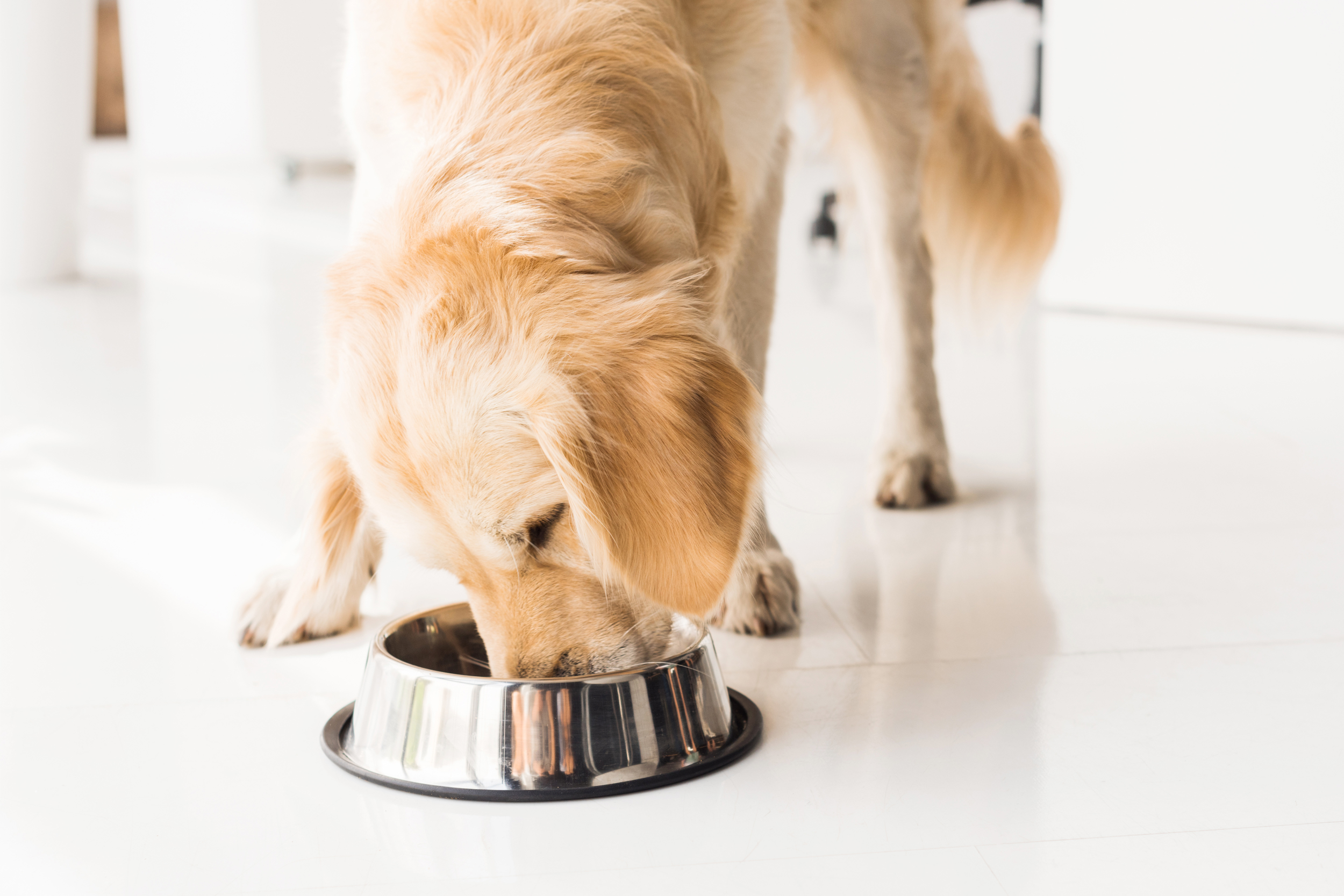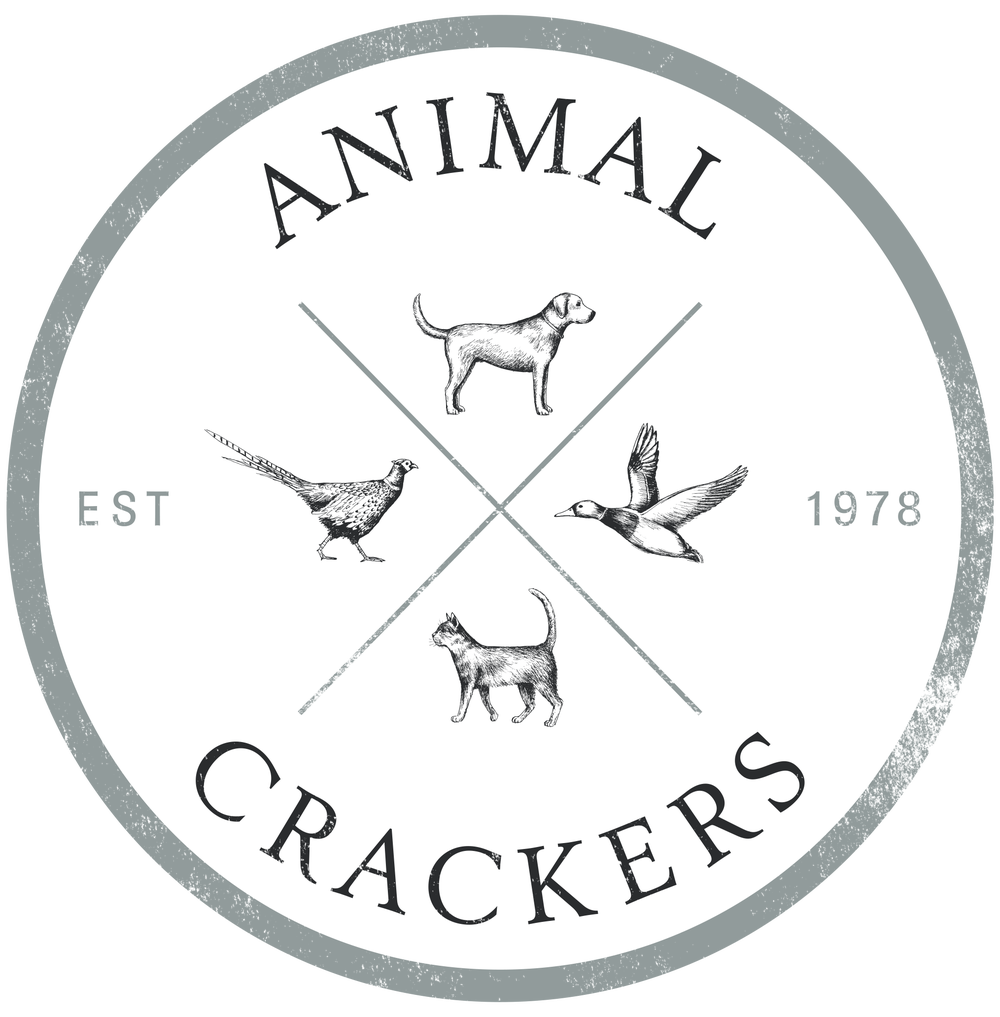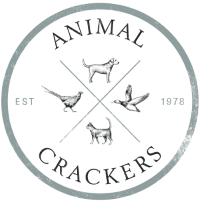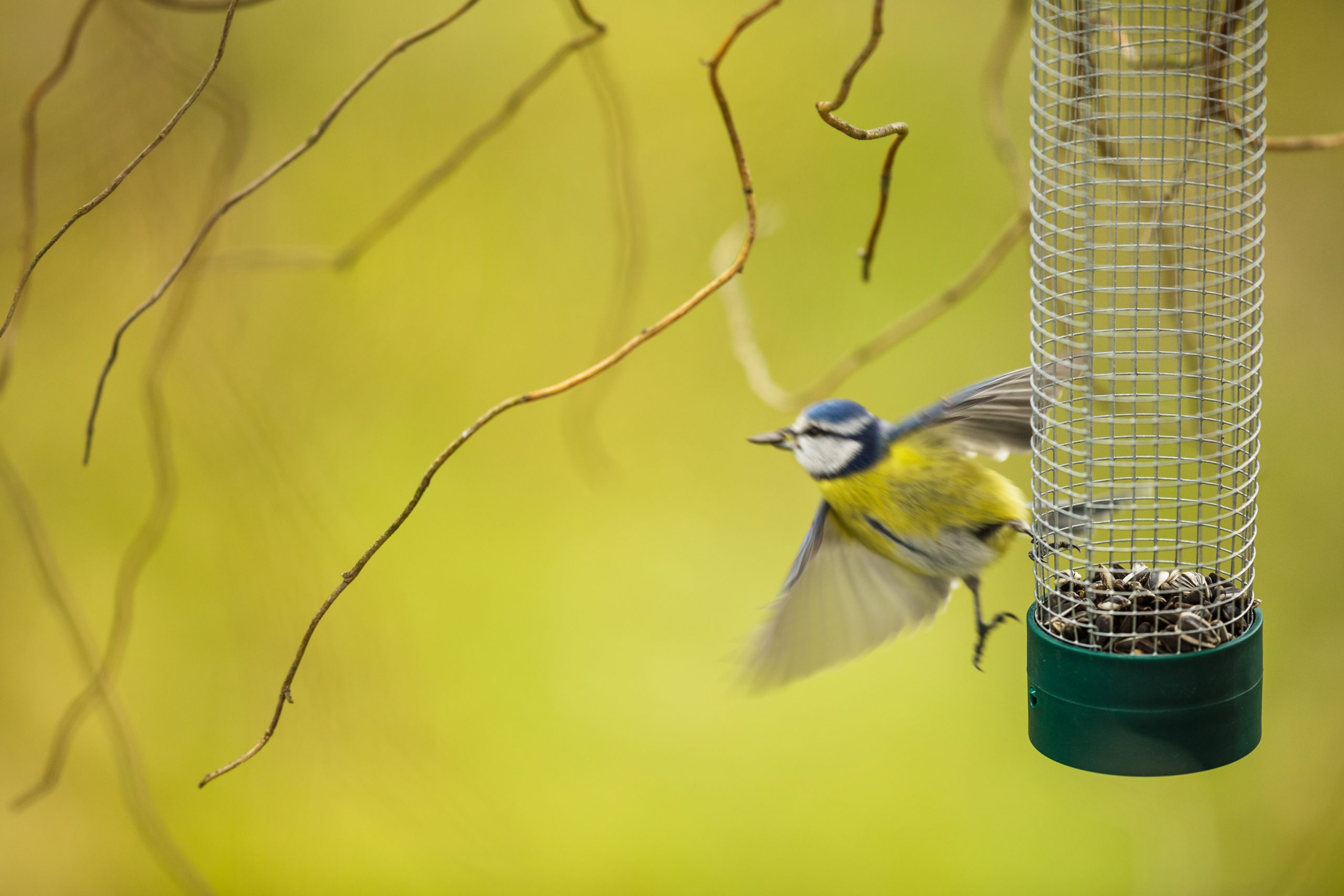
Helping Out The Little Songbirds
Smaller birds can get bullied off the feeders from the larger birds such as the local wood pigeons.
If you have a spare feeder fill it up with just mixed corn. It’s a cheap feed, the little birds won’t go for it and it will help divert the larger birds away from the feeders that feed the small songbirds.
Anti-Squirrels!
A tip to help keep squirrels at bay from stealing and destroying your bird feeders is to rub fresh red chilies on your feeders. They hate it and typically keep clear after having few tastes of it!
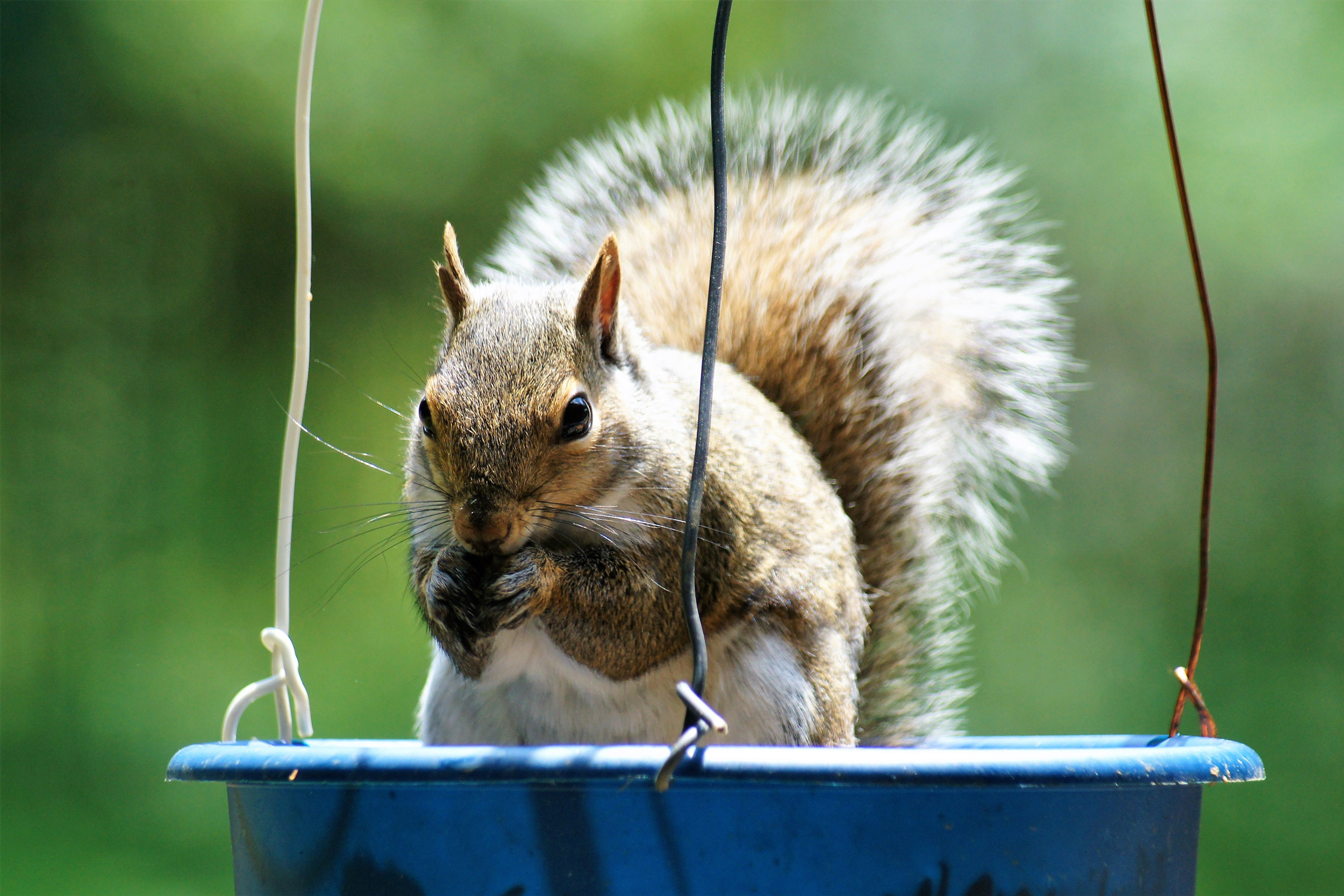

Tone
Always be mindful of your tone of voice when dealing with your dog. A calm, assertive tone as an order will get you the best results. An excited or frantic tone will elevate your dogs mindset and behaviour, distracting them from listening.
Vets
A dog’s main way of learning is through repetition and association.
Typically, when you take your dog to the vets, it will be due to an issue with them or they are going in for their yearly jabs. This can easily result in the dogs developing fear and anti association towards the vets and can thus, make the experience very difficult.
A little tip to help curb this is to now and then pop into your local vets and walk them onto the scales (most vets have these in the waiting rooms), take a note of their weight which is always helpful, and then walk out with some praise and a treat after. This helps break any possible negative association they might develop.
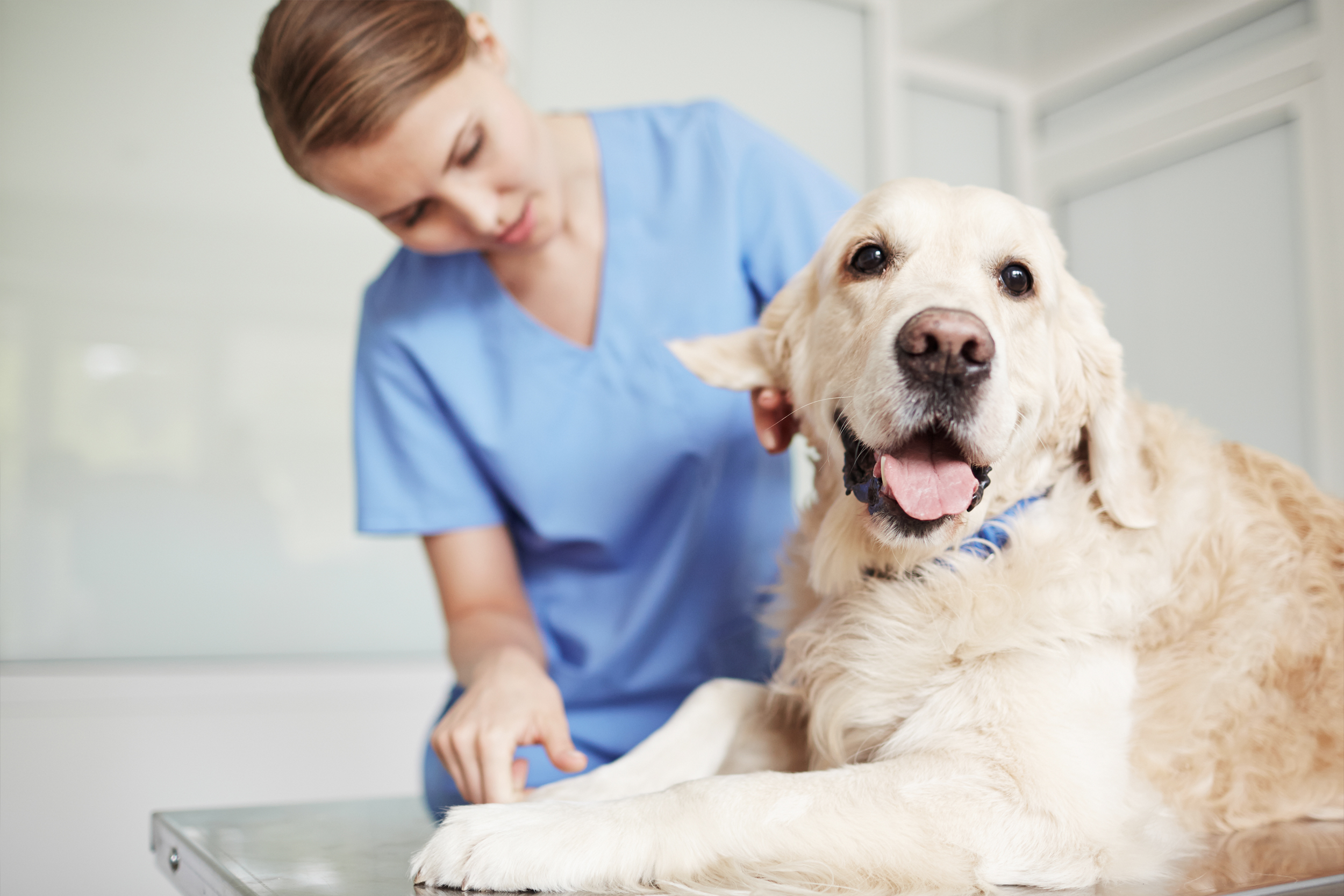

Training & Commands
Whatever command you choose, always keep the command the same. Be consistent, always make sure what you have instructed has been done (make sure it has followed through and actually sat if you have asked it to sit). Always think before you command i.e. if you don’t think the dog will achieve that command or you can’t manufacture the success then don’t ask it. Dogs hate to fail and the more a command doesn’t work the harder it will be to train into the animal.
Work together as a household and make sure you’re all treating your pet the same and all using the same commands and implementing the same rules. This will make it much easier for the dog to learn and understand his / her place within your family.

Measuring Your Dog For A Harness
Typically you’ll always measure your dog behind their front legs around the waist to find the size of your dog for a harness.
A little trick to get this measurement is to take your lead, wrap it round the dog (as its their lead they should be relaxed to allow you to do this) then simply measure that length on the lead against a measuring tape.
Feeding Times
You should feed your dog at regular feeding times.
It is normally best to have set feeding times for your dog as this will help manage their bowel movements and you’ll find it easier to spot any changes in their wellbeing should they suddenly start to refuse their food.
Scheduled meal times leads to a healthy appetite, meaning your dog is less likely to be fussy
